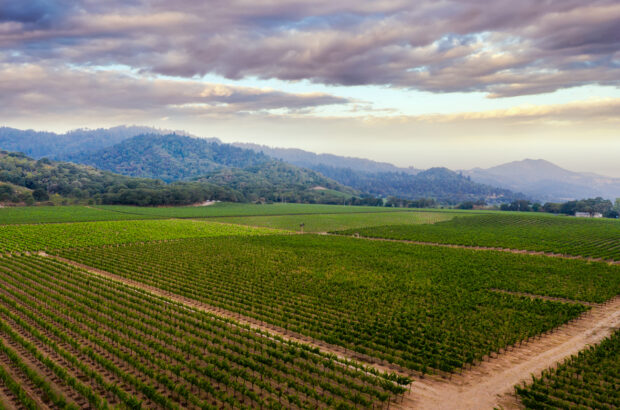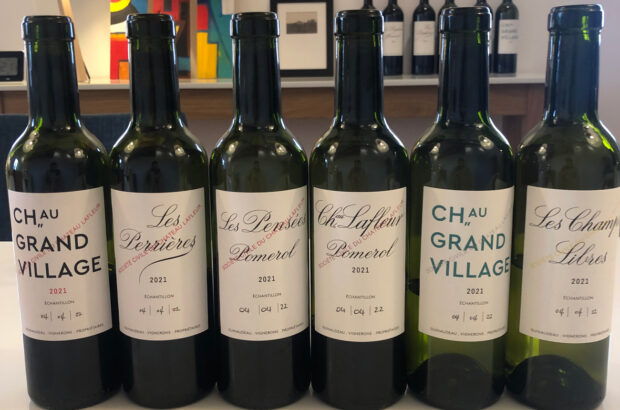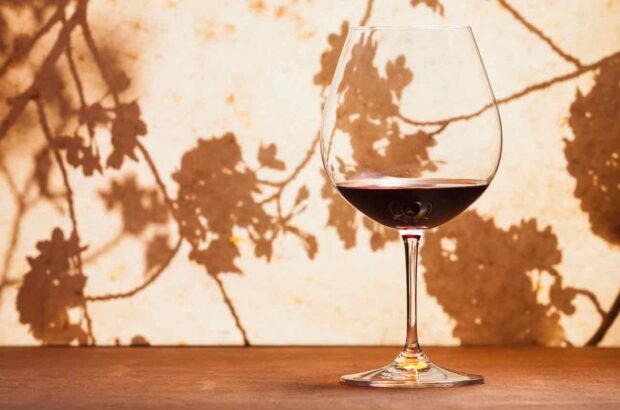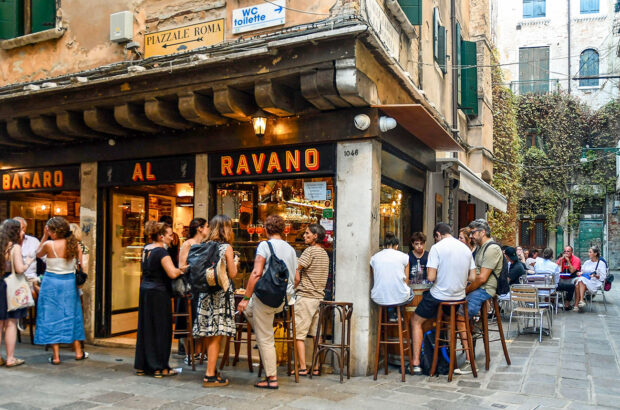Why is there so much resistance to new ideas when it comes to sweet wines? Jane Anson examines the issue in a column that runs from Sauternes to the Mosel, where she talks to the Mick Jagger of winemaking, Dr Ernst Loosen.
You might have read about the two directors of the French arm of Uber being taken into custody in Paris this week. It followed on from violent protests by taxi drivers, blocking airports and city centres across the country demanding the French government protect them from the scourge of Uber drivers offering cheap – and they say unregulated – alternatives to the high prices demanded by normal taxis.
They weren’t lobbying the government to reduce their own social charges and taxes and so give consumers a better deal, and nor were they realising that plenty of Uber drivers in London are also minicab drivers and so use the service to earn extra money. They were instead demanding that the government get rid of Uber – and the arrests seem to be suggesting that their tactics have worked, as a trial date has already been set for late Sptember.
There are plenty of wonderful things about living in France, but honestly the kneejerk reaction to change is not one of them. Way too often, the hatches come down, and the desire is to protect the status quo takes over. There are plenty of instances in the wine industry when this is true also – and sweet wines are right up there among the worst offenders.
I have a sideline project going on (suggestions gratefully received) to track down all the pockets of the world where sweet wines are still enthusiastically consumed. I dream of discovering a group in a remote corner of Patagonia where Sauternes is taken as a palliative cure, or a day spa in Beverly Hills that ships in thousands of cases of trockenbeerenauslese per year. So far I have San Franciso’s Castro district, the bars of Newcastle upon Tyne, and nightclubs of Beijing and Shanghai on the shortlist. Oh, and apparently there is a good collection in the wine cellar of Amélie Mauresmo’s, Andy Murray’s tennis coach.
But the reality, as everyone knows, is that sweet wines are witnessing a continual slide in sales, and the entire category needs a serious makeover. So why is it that finding genuine innovation within the genre is so tough? When the Cathiards launched the idea of SO Sauternes, with a blend of Perrier, Sauternes and ice as a summer cocktail, they were met with more sniggers than applause (although I believe it did get an outing at the French Open, due to the longstanding sponsorship of the event by Perrier, so here’s hoping the drink does find its audience).
Sauternes itself has come up with the idea of starting a cooperative cellar to help standardise the quality output of its bulk wine and so make it more attractive for merchants looking to create brands, but does anyone really think that a slide towards the bottom is the answer for an appellation that still carries huge equity in its name and was once the signal for quality and decadence all over Europe? Writer after writer has defended the nobility of Sauternes, and we all know how incredible these wines can be. But must we really go through the motions of mock outrage every time somebody tries to do something to move the category forwards?
There are a few interesting things going on with sweet wines elsewhere, particularly when the snobbishness is stripped out. The sparkling Chandon Delice from Moët Hennessey is using a late harvest Semillon and petit manseng as its liqueur d’expedition – and maybe it’s an idea that could be taken on by Bordeaux crémant producers, although as one joked to me a few months ago, ‘you’d have to use a whole lot of liquer d’expediion to get rid of the stocks in Sauternes cellars’.
Another interesting idea is one being trialed by Ernst Loosen in the Mosel Valley – a man described, with brilliant succinctness by journalist Dorothy Gaiter, as the German Mick Jagger for his rakish air. He tells me that of all his wines, the late-harvest auslese is the most difficult one to sell, and where it once represented up to 10% of his output, it has increasingly been replaced by the dry Grosses Gëwachs Rieslings (another parallel with the dry whites of Sauternes, that are rapidly increasing in numbers and profile).

Ernst Loosen (right) talks to Angelo Gaja at the Decanter Man of the Year 30th anniversary dinner in 2014
He sees one of the key issues lies in the changing tastes of sweet wines – and suggests that this has been driven by critics rather than consumers. ‘It’s difficult for consumers to keep track, as the style has changed so much over the past 20 years. Today the typical auslese selection has higher sugar and higher alcohol than it did once. What is described as kabinett today would have been our top auslese 20 years ago’.
As he puts an increasing focus on dry riesling, Loosen has also taken the opportunity to recreate the old-style of auslese, with lower residual sugar, medium dry, ‘perfect for ageing’.
These are not wines that we will be trying any time soon – the first experimentations were begun in 2003 but will not be released before 2023. Somewhere in the Loosen cellars, there are barrels containing wine for 3,000-4,000 bottles of kabinett, spatlese and auslese wines, made as his grandfather did with lower residual sugars and ready for long ageing. And don’t think, by the way, that this length of ageing is unusual here; Loosen finally bottled in 2008 a 1981 Wehlener Sonnenhur that had been in barrel for 28 years. He likes to talk about how Goethe kept his wines for personal consumption in barrel for 20 to 30 years before drinking, and Loosen has sparkling wines in his cellar that are routinely kept on the lees for 25 years. This is not a man who finds being patient a problem.
‘The initial tastings are promising, although my brother is not happy that we have just had to build a new cellar to store all my experiments. But I want to recapture what made German wines so great in the first place. Besides, consumers are clearly looking for a different definition of sweet wines’.
It’s hard to disagree with that, but why has this return to classicism taken so long, and why does it continue to be seen as such an aberration?
‘Because how much wine is really made for the consumer?’ he replies with a twinkle in his eyes. ‘I’m doing it now, but I’m not sure I’ll be submitting the results for scores’.
See more Anson on Thursday columns:

Anson on Thursday: The new normal

Anson on Thursday: The surprising adventure of Lynch Bages in space

Anson on Thursday: En primeur heads west

Anson on Thursday: What now for Bordeaux en primeur?
First up, you should know that most of the people that I interviewed about the fallout of Bordeaux 2014 don’t







